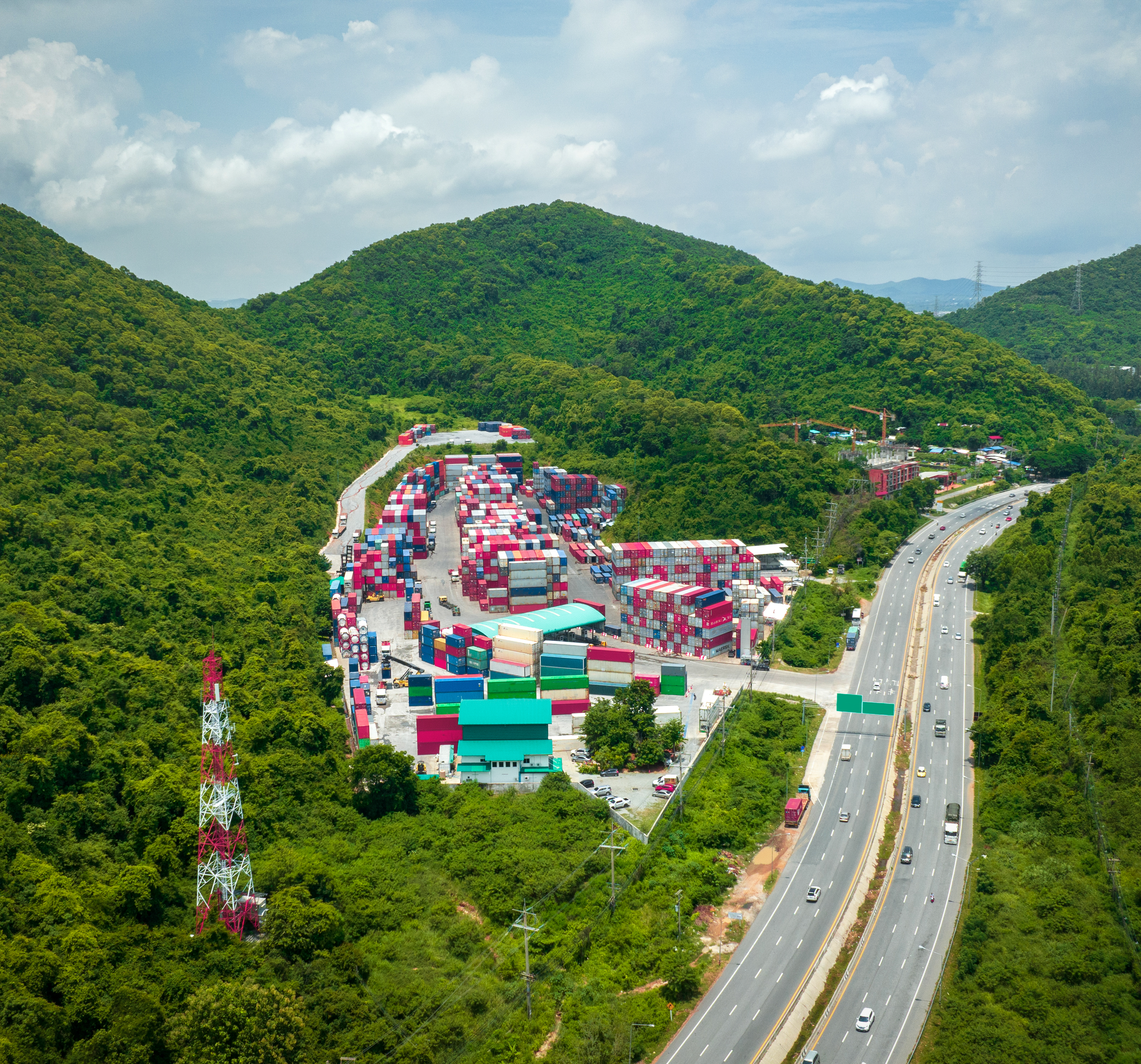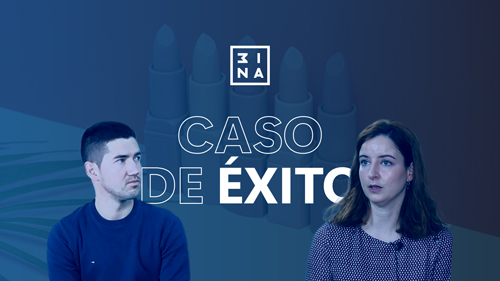
Forecasting and Replenishment for Promotions
Managing promotions in retail can be challenging, especially when it comes to accurately forecasting and replenishing promoted products. In retail, the periods with the most promotions are usually during sales seasons like Black Friday, Christmas, Valentine's Day, among others. There are also promotions during specific periods such as the end of a season or the beginning of a season.
However, it's important to note that each company may have its own promotion strategy, which can vary based on geographical location, target audience, and other factors. But by implementing the right key factors and best practices, it's possible to increase efficiency and improve results.
What are promotions in retail?
First and foremost, it's worth noting that promotions are a key aspect of success in retail. However, many times they are not executed optimally, which can result in poor business outcomes.
Additionally, the lack of accuracy in promotional forecasts can result in low product availability and lost sales, or on the contrary, an overestimated impact of promotion demand, leading to costly excess inventory and losses due to discounts and offers.
However, retailers can overcome these obstacles by focusing on improving their promotion planning. Unfortunately, most promotion forecasting and replenishment processes in retail are complicated and unnecessarily disconnected.
Poor decisions in the retail sector
Often, decision-makers rely on past experiences and projections from suppliers, while demand planners have to calculate the expected increase in promotional sales. Without a centralized system, individual stores have to manually place orders for promoted products to match the demand, while demand planners have to estimate how much the stores will order and what it means for the distribution center inventory and purchasing requirements. All of this often happens in isolation, without sharing information or plans.
However, modern technology has revolutionized promotion management in retail, eliminating guesswork and enabling more precise and automated execution. Furthermore, some software solutions can provide a 360-degree view of the entire process, which is essential for improving planning and forecasting for any retail company.

Four tips to improve promotion forecasting and replenishment in retail.
For example, we present four key factors to improve promotion forecasting and replenishment in retail:
- Data Analysis: Use data analysis tools to understand historical demand and forecast future demand for promoted products. This will enable you to replenish accurately and avoid stockouts or excess inventory.
- Collaboration with Suppliers: Work closely with your suppliers to obtain valuable information and ensure you are prepared to meet demand.
- Real-Time Monitoring: Monitor demand and inventory in real-time to react quickly and make adjustments as necessary.
- Continuous Evaluation: Continuously evaluate your strategies and processes to identify areas for improvement and ensure you are using best practices at all times.
In summary, implementing these four key factors can help improve promotion forecasting and replenishment in retail, which, in turn, can maximize efficiency and improve results. What other key factors and best practices do you think should be included to improve promotion forecasting and replenishment in retail? ¡Share with us in the comments!




























































 Imperia_thumbnail.jpg)





















